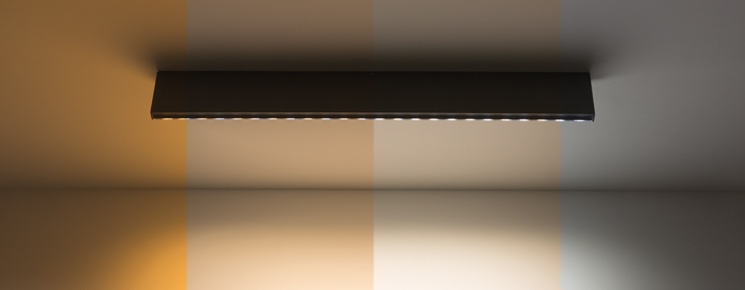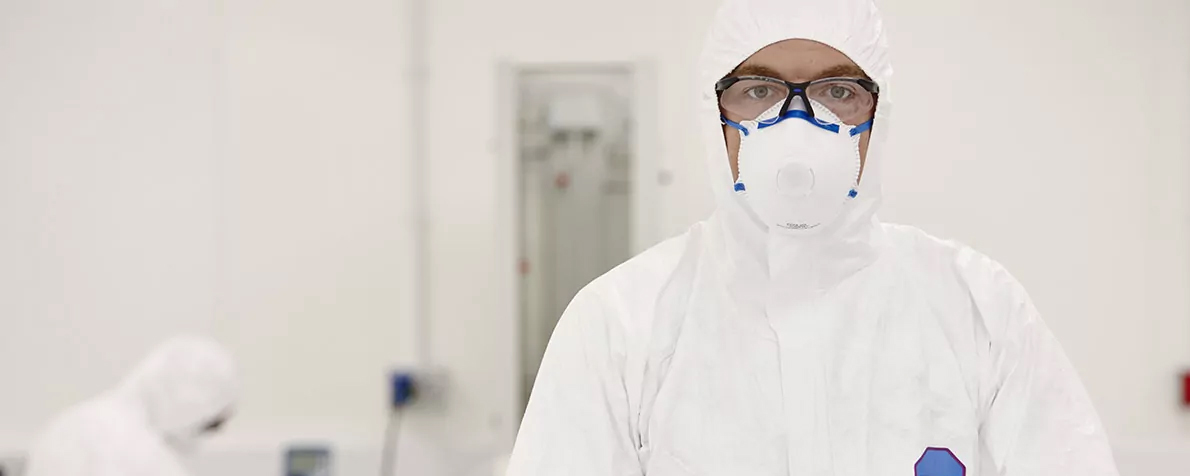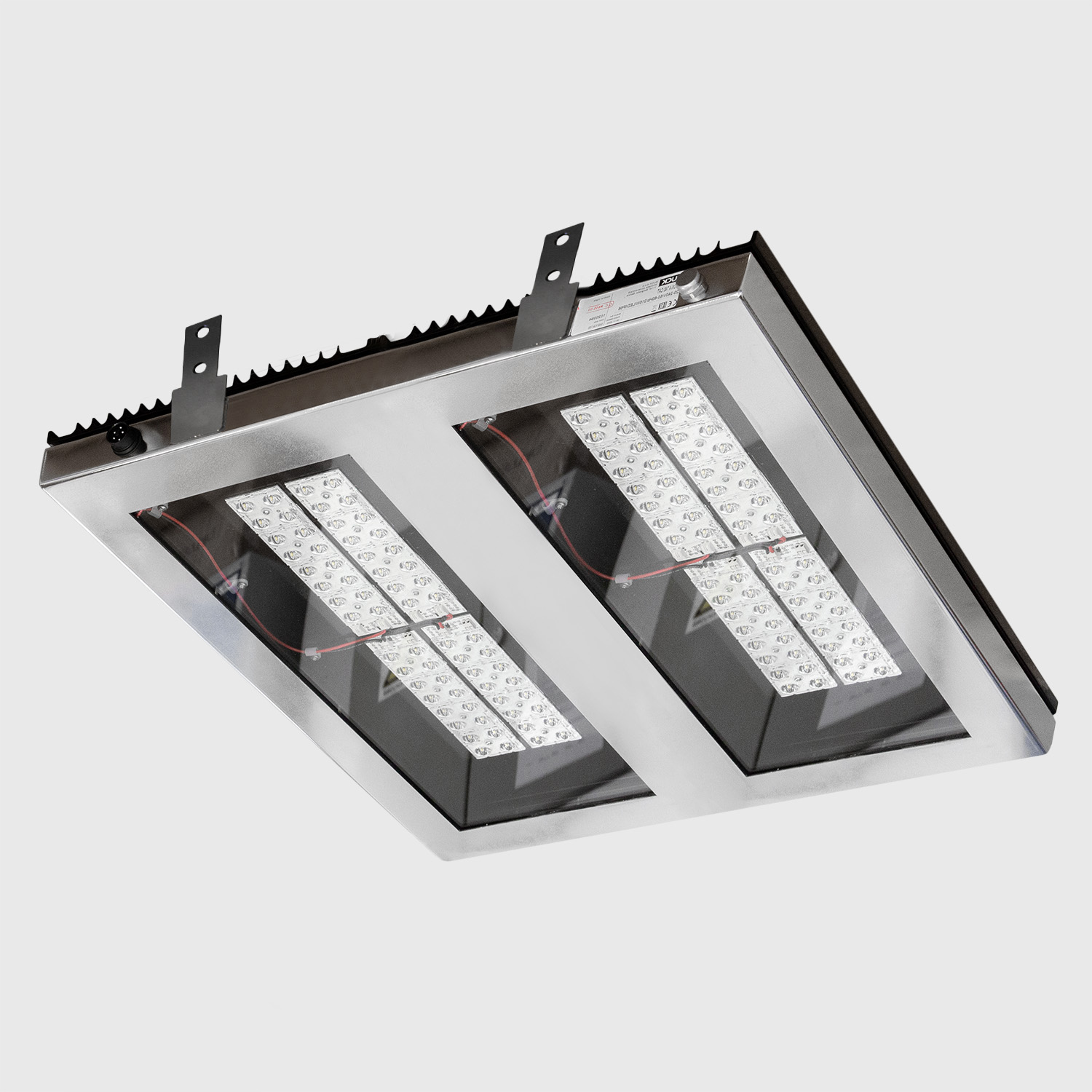Choosing a light source was pretty straightforward before the attention of stakeholders and the general public focused on energy-efficient and environmentally friendly lighting. If the incandescent bulb of e.g. 60W didn’t give enough light, we would just buy a stronger one of 75 or 100W.
LED technology has offered a wide range of possibilities in terms of luminaire performance and characteristics. This can be considered a major step forward in improving the environment, as well as in the progress of industrial and commercial lighting applications.
However, with the development of technology and the emergence of a large selection of colours and effects of modern LEDs, choosing the adequate lighting for the desired space has become all the more complex. BUCK offers lighting solutions depending on the functionality and space requirements, all thanks to the fact that we have a wide selection of LED luminaires in our portfolio for different use and purpose.
For this reason, it is important to understand the difference between the two terms relevant to LED lighting:
- CCT (correlated colour temperature) and
- CRI (colour reproduction index).
CRI and CCT in LED Lighting – Differences One Should Know
Colour reproduction index and light colour temperature are two key aspects of LED lighting.
Although both terms refer to the emitted light from a luminaire and both have the word “colour” in their name, they are in fact two completely different things, measuring two different aspects of colour.
These two features of LED luminaires are extremely important when it comes to lighting, whether it is general lighting or industrial lighting. Depending on the mood you want to create, you can choose the light with the most appropriate CRI or CCT. This can enhance the user experience, improve work atmosphere or increase sales.
What Is CRI and Why Is it Important?
CRI indicates the display of colours of certain objects under the light source, compared to daylight. CRI is a specification of an LED luminaire that demonstrates the realistic colour rendering of illuminated objects.
The colour reproduction index is measured from 0 to 100 where the maximum value indicates that colours under artificial light are displayed in the same way as in natural sunlight. This measurement is extremely important in the lighting industry and depends on the needs of the illuminated space.
Which CRI value is most applicable?
Luminaires that have a CRI greater than 80 are considered acceptable for most spaces. Lighting with high colour reproduction is very important in many industries but also in retail, sports fields, galleries, showrooms and other facilities where accurate colour reproduction is essential.
Illumination with a high CRI is equally valuable for home use as it can transform the room by emphasizing design details and can create an aesthetically pleasing atmosphere.
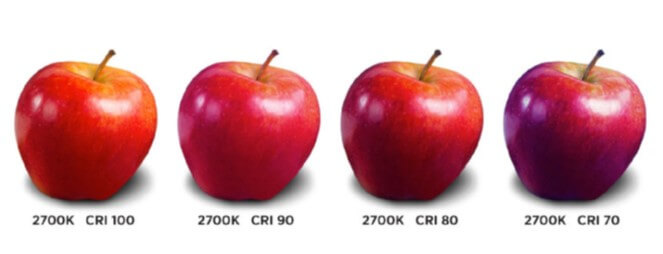
CCT and its Importance
The CCT of LED luminaires indicate the colour temperature of the light emitted by a particular luminaire. CCT is expressed in Kelvin (K) and helps to describe the relative warmth or cool of the emitted light. This does not refer to the actual temperature of the luminaire: the CCT numerical value describes the temperature to which a particular black body would need to be heated to glow in the same colour as the luminaire.
For example, if a black body was heated to 3,000 degrees Kelvin, it would glow in the same colour as a luminaire having a CCT of 3,000 K. This concept is borrowed from physics and is a somewhat complex but practical way to assign a numerical value to the light colour temperature.
The terms “warm and cold colour” of light describe the colour of the light source itself and not the CCT value, so that:
- orange, which has a low CCT, is a warm colour, while
- blue is characterized as a cold colour, given that it has high CCT.
LEDs with a CCT less than 3,000 K emit a colour of light that is predominantly in the yellow spectrum, while those with CCT of more than 5,000 K are considered to emit a colour of light that is more in the blue spectrum. Luminaires with a light colour temperature between the two values provide a pleasant white light.
Application of LED Luminaires Depending on Their CRI and CCT
Most standard LED luminaires have a CRI value of 70 or 80, while there are luminaires with high CRI values of over 90. In most general-purpose spaces, such as residential, hotels, office spaces and other indoor facilities like factories, LED luminaires with a CRI greater than 80 are used. Luminaires with a CRI greater than 70 are suitable for public lighting.
In rooms where high precision and perception of details are required, it is recommended to choose lighting with the highest possible CRI. For example, the colours in a painting shown in a gallery under a luminaire that has 70 CRI may appear artificial. However, when the same painting is seen under a light source of 95 CRI, the colours in the image will look authentic and natural.
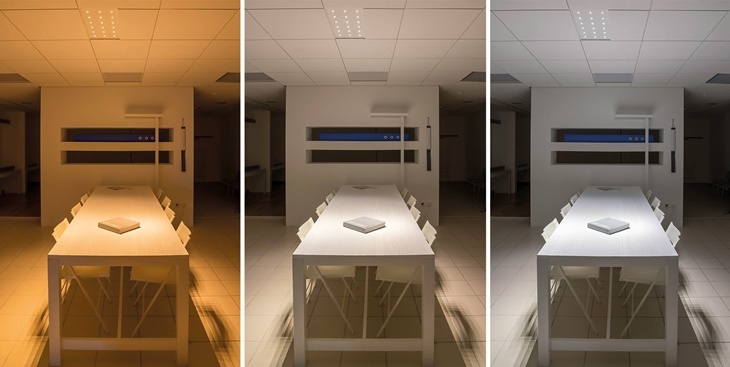
For most residential properties, the recommendation is to use LED luminaires with a CCT ranging from 2.700 K to 3.000 K, since luminaries emitting these light-coloured temperatures provide a nice, warm ambience that creates a quiet and relaxing atmosphere.
For retail or commercial properties, a 4.000 K light colour temperature is a popular option because it provides a clearer, more powerful white, and this CCT range is most common in public lighting luminaires.
For industrial and other facilities where demanding tasks requiring good visibility are performed, LED lighting with 5.000 K or even 6.500 K is the preferred option since these colour temperatures correspond to the natural daylight with the sun in peak.
LED technology is slowly but surely becoming dominant in many types of industrial and commercial projects. In addition to easier maintenance of LED lighting, performance is one of the key benefits of having LED lighting. Achieving the best lighting levels with the lowest possible energy consumption is extremely important, especially due to the increasing prices of electricity.
That is why we have positioned ourselves in the market offering high quality LED lighting products, which, depending on the purpose, provide the best choice of light colour temperatures and colour reproduction indexes.
